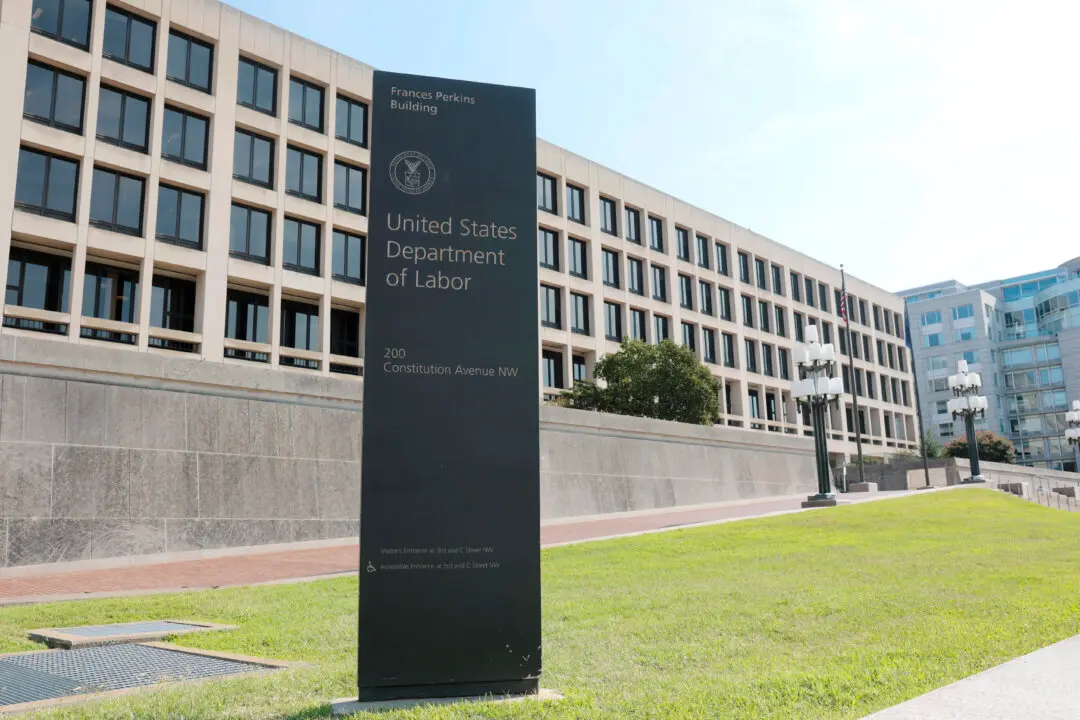Commentary
The real GDP disappointed in the third quarter of this year, supposedly rising an annualized 2.8 percent, which is technically slower than last quarter. It was enough for financial journalists to once again assure the public that all is well and that you should be grateful for the prosperity all around you, even though two-thirds of Americans are living paycheck to paycheck.





